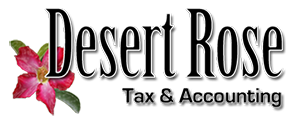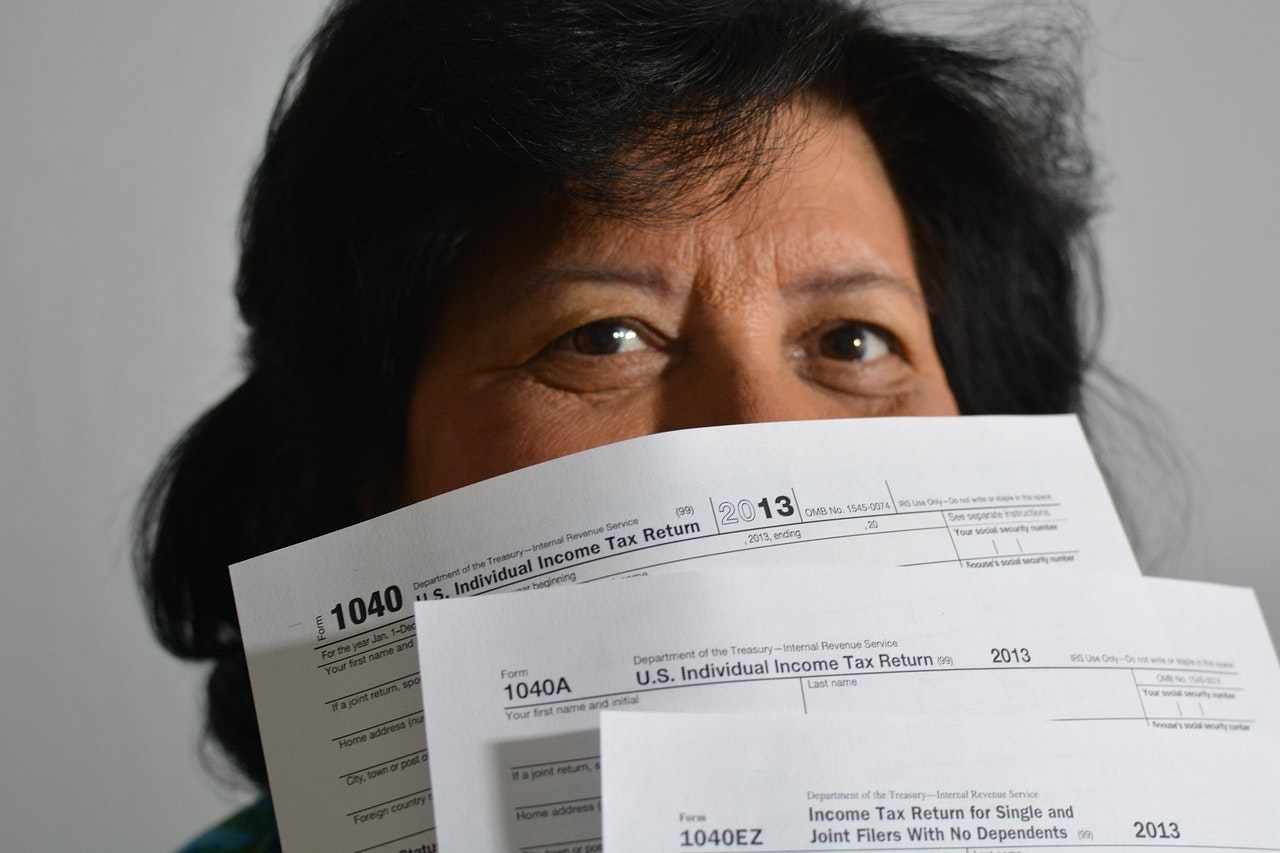Your 2025 Year-End Tax Action Plan: Less Than 60 Days to Maximize Your Savings
With less than 60 days left in 2025, every tax-saving move you make now could mean thousands of dollars in your pocket come April. The difference between those who save significantly on taxes and those who don't comes down to action taken in November and December. Here's exactly what you need to do before December 31.
For Individuals and Families: Your Personal Tax Checklist
Maximize Your Retirement Contributions
For 401(k)s and 403(b)s, contact HR by November 15 to maximize your final paychecks—the 2025 limit is $23,500, plus $7,500 if you're 50+. Ages 60-63 qualify for a "super catch-up" of $11,250 instead of $7,500, allowing total contributions up to $34,750.
IRAs offer more flexibility with an April 15, 2026 deadline. The limit is $7,000 (plus $1,000 if 50+), but contributing now gives your money more time for growth.
Harvest Investment Losses
Review taxable accounts for tax-loss harvesting. Losses offset gains first, then up to $3,000 can offset ordinary income, with excess carrying forward indefinitely. Watch for wash sale rules—no repurchasing the same security within 30 days.
Health Savings Account (HSA)
HSAs offer triple tax benefits—deductions going in, tax-free growth, and tax-free withdrawals for medical expenses. Contribute up to $4,300 for individual or $8,550 for family coverage, plus $1,000 if you're 55+. The deadline is December 31 for payroll contributions, April 15 for self-employed. Unlike FSAs, funds roll over indefinitely.
Bunch Itemized Deductions
With the standard deduction at $15,000/$30,000 (single/married), consider "bunching" deductions into 2025. Make 2026 charitable gifts now, preferably with appreciated assets to avoid capital gains. Medical expenses only help if they exceed 7.5% of AGI. The increased $40,000 SALT cap (up from $10,000) makes itemizing more attractive—pay property taxes before year-end if your income is below the $500,000 phaseout.
Arizona Tax Credits: Up to $5,683 in Credits
Arizona offers dollar-for-dollar tax credits that directly reduce your state tax liability. All credits can be made through April 15, 2026, but if you itemize federally and want the charitable deduction for 2025, contribute by December 31. The limits are per program type, not per organization.
-
Private School Tuition Organizations (STOs)
- Maximum:$1,535 (single) or $3,062 (married filing jointly)
- This is actually two credits combined (Original + Switcher), but you donate to the same organization
- Can recommend a specific student (except your own dependent) OR donate to organizations that award scholarships based on financial need
- Popular STOs for need-based scholarships: IBE (Institute for Better Education), ACSTO (Arizona Christian School Tuition Organization), CTSO (Catholic Tuition Support Organization)
- Important: Cannot "swap" recommendations with another taxpayer to benefit each other's dependents
-
Qualifying Charitable Organizations (QCOs)
- $495 (single) or $987 (married filing jointly)
- Dollar-for-dollar credit for donations to organizations helping Arizona's working poor, chronically ill, or disabled
- Popular local QCOs: Gap Ministries, St. Mary's Food Bank, Tucson Food Bank, Gospel Rescue Mission
- Each QCO has a unique 5-digit code needed for filing
-
Qualifying Foster Care Organizations (QFCOs)
- $618 (single) or $1,234 (married filing jointly)
- Supports organizations providing immediate basic needs to at least 200 children in foster care
- Examples: Gap Ministries, Child Crisis Arizona, Arizona's Children Association
- Important note: While you cannot use the same donation for both QCO and QFCO credits, some organizations like Gap Ministries qualify in both categories. You can make separate donations to each qualifying program within the same organization—one for their QCO-qualifying services and another for their QFCO-qualifying foster care services.
-
Public and Charter Schools
- $200 (single) or $400 (married filing jointly)
- For extracurricular activities and character education programs
- Can benefit your own children, grandchildren, nieces, nephews, friends' kids, colleagues' kids—any student
- Donate directly to the school for specific activities or their general extracurricular fund
Maximum Combined:$2,848 (single) or $5,683 (married filing jointly). Unused credits carry forward up to 5 years.
For Business Owners: Your Corporate Year-End Playbook
The Bonus Depreciation Game-Changer
Thanks to the One Big Beautiful Bill Act (OBBBA) signed July 4, 2025, we're back to 100% bonus depreciation for qualifying property placed in service after January 19, 2025. This is massive for year-end planning.
Qualifying property includes equipment and machinery, computers and software, furniture and fixtures, certain building improvements, and vehicles over 6,000 pounds GVWR. The critical timing consideration: the property must be both purchased AND placed in service by December 31 to qualify for 2025. Don't wait—delivery delays could cost you thousands in tax savings.
Maximize Section 179 Deductions
The OBBBA also increased Section 179 limits for 2025:
- Deduction limit: $2.5 million (up from $1.25 million)
- Investment limit: $4 million (up from $3.13 million)
Strategic stacking: You can use both Section 179 and bonus depreciation. Use Section 179 for items that don't qualify for bonus depreciation, like used equipment or certain building improvements.
Business Structure
Sole proprietors and single-member LLCs should consider S-Corp election. File Form 2553 by December 31 for 2026, or talk with your accountant ASAP about late election for 2025. S-Corps can reduce self-employment taxes on distributions beyond your reasonable salary.
Manage Income and Expenses
- Accelerate Deductions: Use the "12-month rule" to prepay insurance, rent (with landlord agreement), and business licenses. Cannot prepay interest or salaries. Stock up on supplies and pay outstanding 2025 bills.
- Cash-Basis: Delay December invoicing to defer income. Credit card charges are deductible when charged, not paid.
- Accrual-Basis: Write off bad receivables. Accrue bonuses (pay within 2.5 months).
Business Retirement Plans
Solo 401(k)s must be established by December 31 (though funding can wait), allowing up to $70,500 if 50+. Miss that deadline? SEP-IRAs can be opened and funded until your tax filing deadline. High earners 45+ should consider Cash Balance Plans for $100,000-$300,000+ annual contributions, but must establish by December 31.
Business Tax Credits
The R&D Credit now covers software development and process improvements. The Work Opportunity Tax Credit offers $2,400-$9,600 per qualifying hire (certify within 28 days). Arizona offers additional credits through the Commerce Authority.
Critical December 31 Deadlines vs. April 15 Deadlines
Understanding which tax moves must happen by December 31 versus which can wait until April 15 is crucial:
Must Do by December 31:
- Employer retirement plan contributions (401k, 403b)
- Take required minimum distributions (RMDs)
- Complete equipment purchases for bonus depreciation
- Establish new retirement plans (Solo 401k, Cash Balance)
- Make S-Corp election for 2026
- Harvest investment gains and losses
- HSA contributions
- FSA spending (if "use it or lose it")
Can Wait Until April 15, 2026:
- IRA contributions (Traditional and Roth)
- SEP-IRA and SIMPLE-IRA contributions
- Arizona state tax credits
- HSA contributions if you're self-employed
- Filing tax returns (with extension to October 15)
Take Action Now
Schedule your tax planning meeting immediately. Gather YTD pay stubs, investment statements, and P&Ls. Run a projection to see where you stand. Contact HR by November 15 for W-4 or 401(k) changes—most need two pay periods to process.
Other Considerations
- EVs: Credits have strict requirements and income limits ($300K married/$150K single). Verify eligibility before buying.
- Cryptocurrency: Document all transactions now—new broker reporting starts in 2025.
- Multi-State: Remote workers should review state withholdings and consider estimated payments.
Ready to Save?
At Desert Rose Tax & Accounting, we specialize in year-end tax planning. Schedule your session ASAP—December appointments fill quickly and many strategies require action before December 31.
Call (520) 747-4964 or visit www.desertrosetax.com today.
Edward Ethington, CPA, MBA
Desert Rose Tax & Accounting
Your Year-End Tax Planning Specialists
(520) 747-4964
www.desertrosetax.com
This blog provides general tax planning information and should not be construed as personal tax advice. Tax strategies should be tailored to your specific situation. Please consult with Desert Rose Tax & Accounting for personalized year-end tax planning.
















